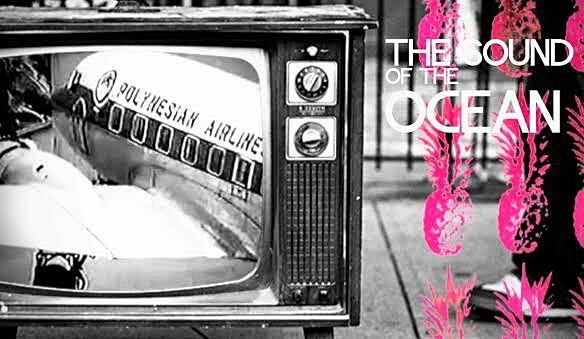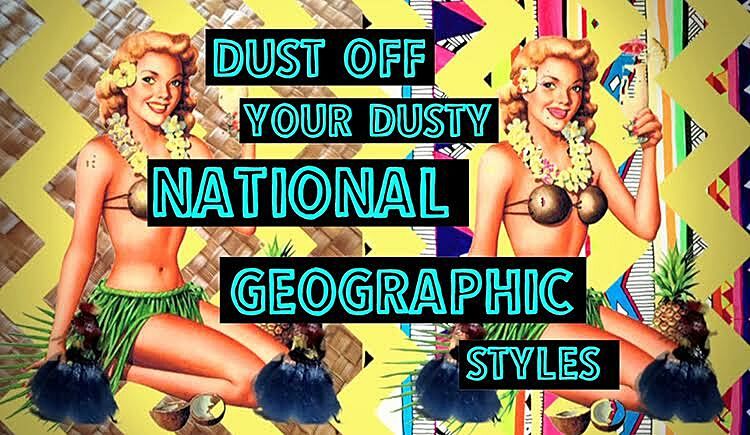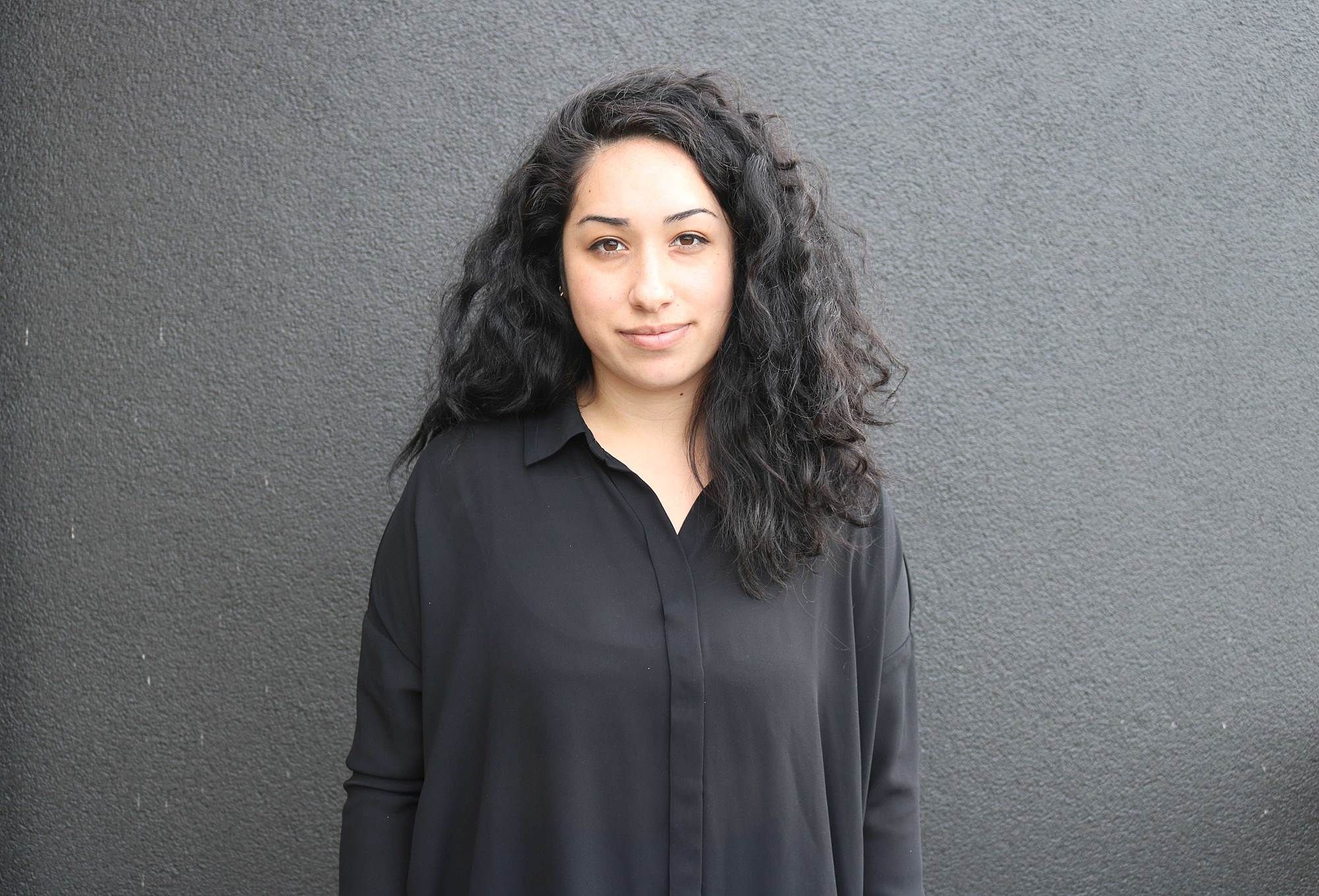Fomenting and Formation: How Tanu Gago Took Over The Pah Homestead
Lana Lopesi on Tanu Gago’s latest video work.
“It’s a stereotype but unfortunately an accurate one.”
The Sound of the Ocean, 2015
I have a theory that every artist has an artwork or project that haunts them. Something that has become iconic and is continuously used as the point of definition for that person’s practice. No matter how many projects are made or how their practice develops, it’s that work that remains the reference point. This is evident in the work of Jeremy Leatinu’u and his Public Observations Two - likewise, for Janet Lilo and her Top16 project. And when I think of Tanu Gago, I think of his art direction in the portraits of Daniel and Jerry from the Jerry the Fa’afafine series. Two gay Pacific men with flowers in their ears, foregrounding masculine spaces. Glossy and proud.
With The Sound of the Ocean at The Pah Homestead, Gago has moved beyond the confines of this portrait format. This film sits opposite Pati Solomona Tyrell’s Fa’aafa. The two works literally reflect onto each other, each boasting qualities of self-representation. The Sound of the Ocean (originally produced for the Enjoy Public Art Gallery summer residency programme which was held by Gago, Leilani Kake, Luisa Tora and curated by Ema Tavola early 2015) moves between black and white footage sourced from the internet either depicting or aimed at Pacific communities in New Zealand with animated images, typography and design elements overlaid, ending with three Pacific people (Pati Solomona Tyrell and his sisters) singing an assortment of iconically Kiwi songs.
Gago’s latest work occupies a multitude of wave lengths. Primarily, it is easy to consume, and for good reason. Thinking back to the portraits of Daniel and Jerry, they were consciously glossy. Gago has always been focused on how we unconsciously absorb information and how he as an image constructor can harness that transmission, relaying a sense of ease to consuming the image while subsequently destabilising what is ‘normal’. He’s good at it. And so in The Sound of the Ocean there are direct, inherent references to the television as a mode of global image consumption. Whether it’s 4:3 aspect ratio or smart phone format, screen culture is now the way representation is transmitted both to us and by us.
Viewed from a distance, the clips are a reminder that the images we consume are often controlled by dominant ideas of the time, leaving minority cultures at the whim of stereotypes, the victims of othering.
There’s a comfort in information consumption in those formats – but also a complacency. The Sound of the Ocean reclaims footage from mainstream media which highlights the changing (but always generalised) attitudes towards Pacific people in mainstream television and film from the 1940s onwards. Viewed from a distance, the clips are a reminder that the images we consume are often controlled by dominant ideas of the time, leaving minority cultures at the whim of stereotypes, the victims of othering.
By regaining control of dominant narratives of Pacific experiences (which The Sound Of The Ocean certainly does) subversion is occurring. Though we’re told we’re living in an age of cultural commodification, global conversations that work to destabilise existing cultural imagery are flourishing like never before. There is still profit from culture to be made, as the case of Nike vs Samoan Tatau amply demonstrated, but more concerning and pervasive is a general desensitisation of culture, a lack of understanding or inquiry into what is offensive, or why.
Bad habits with a bad history seem to be reasserting themselves. Black face and sugar skull face paint are everywhere – insults happen in the most brazen places. Last Chinese New Year’s Eve, I hopped on the subway in Shanghai to find myself face to face with a group of eight French men, getting ready for a big night. They were all wearing cheap Qing Guanmao (official headwear worn during the Qing Dynasty) with fake plaits running down their backs. They were oblivious to the point of disinterest to how offensive their performing of Chinese culture in China was to everyone around them. As this becomes normalised, it seems we have little control over how people use our cultural intellectual property.
A lot of people won’t agree that The Sound of the Ocean is an important work for contemporary New Zealand. As people of colour are seen within their own individual canons involved in separate dialogue from mainstream New Zealand media. The focus here is on the ‘mainstream’ and that marginalised communities are not in control of their own representations. Imagine feeling like mainstream media reflected you in a way you would choose to reflect yourself, what a position of privilege! Dream.
Imagine feeling like mainstream media reflected you in a way you would choose to reflect yourself, what a position of privilege! Dream.
Though it’s likely to get a lot more views (and to be fair, not likely to feature in a stint at the Pah Homestead any time soon), Gago’s important work puts me in the mind of another video destabilising mainstream dialogues of lived experience this year. I’m thinking of Beyonce’s ‘Formation’, and the online backlash it’s set off.
Disclaimer: this is not a comparison of the Pacific New Zealand experience to the African American experience. Our histories are far from similar and the Pacific experience is not entrenched in centuries of slavery.
‘Formation’ came a day after her husband Jay-Z’s struggling music company, Tidal, donated $1.5M from a charity concert to Black Lives Matter (BLM) on what would have been Trayvon Martin’s 21st birthday. The video immerses itself in Creole and Black Southern culture, and its figures of fear. The imagery and lyrics include afros, hot sauce, a sinking police car and police putting their hands up to a small kid. The Super Bowl performance which took place the day after the song’s release can be seen as a natural follow-through on ‘Formation’ show of strength, Beyonce’s dancers wearing Black Panther-esque outfits with berets. With both, Beyonce is re-presenting Southern Blackness, controlling her own lived experience and offering more than cosy cultural tourism.
When the video came out a hashtag quickly emerged on Twitter, #BoycottBeyonce. To view its associated tweets reveals hundreds of predominately nonblack Americans offended at the reference to the police car sinking and the police bowing down. As ‘Formation’ aligned itself to BLM, this reaction also invoked the #alllivesmatters and #bluelivesmatter hashtags, part of the ongoing attacks on and minimisations of the original movement.
There were definitely issues in Beyonce’s music video, best left for the people specific to those cultural groups to discuss. The Hurricane Katrina documentary footage it relies on, and its participants, were each appropriated without permission. In fact, the use of Katrina as shorthand for life in the South could be considered troubling. But the public condemnation of someone who empowers and asserts Black identity in a way still suitable for mainstream consumptions highlights how far behind we are when it comes to self representation.
This brings us to the present day Gago eventually comes to document, where plenty is still very wrong. Self representation through art is nothing new, but now more than ever there is an urgency to it - a need to regain control over the portrayals of young brown New Zealanders on shows like ‘Police Ten 7’ and its endless knock-offs. The Sound of the Ocean is not made up of new footage taken by Gago, and virtually all of it wasn’t taken or assembled by Pacific people in the first instance. He messes with it in exaggerated, arch ways - overlaying animated images and typography referencing a more honest Pacific lived experience, and making obvious the lack of influence from Pacific people in the original instance.
Gago has singlehandedly paved the way for Pacific gay males to have a very strong place to stand in today’s contemporary art landscape.
Gago has singlehandedly paved the way for Pacific gay males to have a very strong place to stand in today’s contemporary art landscape. Younger artists like Tyrell are able to make sophisticated work like Fa’aafa because of the bridges in image construction Gago has created into mainstream culture. Because of this specific life experience, I don’t always expect to enjoy Tanu Gago’s work. But The Sound of the Ocean like ‘Formation’ is immediate, accessible and empowering. The Pah Homestead is a strange place to encounter it, but he owns it.





